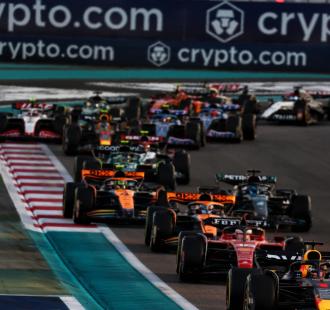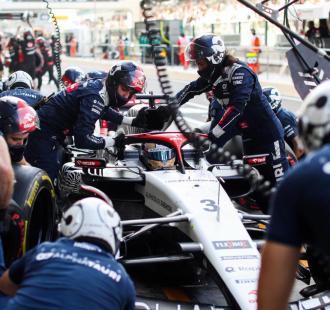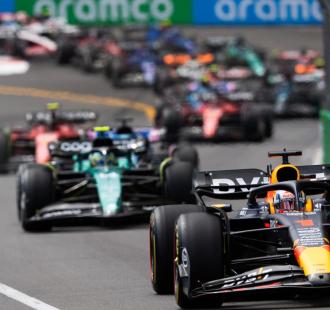
FIA keen to avoid 'huge controversies' with 2026 PU regulations
FIA Single Seater Director Nikolas Tombazis wants to avoid "hugecontroversies" with the next set of Formula 1 power unitregulations. The next set of regulations for the power units willbe introduced in 2026, which will see increased focus on theelectrical output. There will still be a major focus on theInternal Combustion Engine element, but not as much as it has beenwith the current regulations. All the manufacturers are currentlylevel with each other in terms of performance apart from Alpine,who are faced with a deficit of around 20bhp to 30bhp due to lackof development on their power unit. Tombazis believes this will notbe a factor when the new regulations come into effect for the sixsuppliers that have signed up, including Red Bull-Ford and Audi."For the first time in 2026, there will be cost cap for the PUmanufacturers," Tombazis told media, including RacingNews365 . "Soif you mess up the season and start in a very bad shape, in the olddays if you had the money you would spend the money, but that'ssomething that cannot be done so easily nowadays. "Therefore, weneed to try to be reasonably alert when writing the regulations tomake sure they don't open up a wildly different scope for all PUmanufacturers. "We don't want to start a season with a hugecontroversy about something. I think we've got it reasonably rightlast time, there were some small controversies, but not massive.We've learned a bit more and I think we can make sure we avoid thatcompletely next time." Regulations designed to prevent huge step inperformance Mercedes started off the current regulation cycle witha huge performance gap to Ferrari, Renault and Honda. The team wasunmatched throughout the 2014 through to the 2017 seasons, asothers struggled to match the outright performance of their powerunits. Alongside being lucrative for OEMs, the 2026 regulationshave been designed to prevent any large performance deficits. "Webelieve that the regulations are sufficiently well defined to avoidsuch a huge step and we believe the gaps won't be that big,"explained Tombazis. "We can't guarantee that amongst six PUmanufacturers there won't be somebody who gets it wrong and makesome fundamental mistakes. "There are some provisions in thestability regulations if somebody is way behind to have anopportunity to do more work to catch up. "That's always a bit of arisk with new regulations, but we think we've learned a bit in howto put in the right level of definition to avoid completely wildsolutions."


